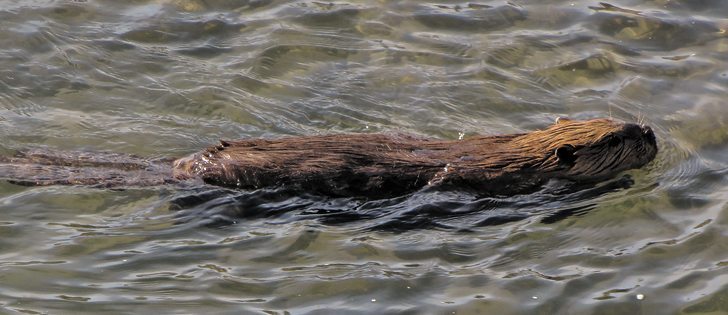Many farmers think of the beaver as their enemy, a destructive pest to be controlled.
However, the advantages of having beavers on ranchland far outweigh any disadvantages, said environmental consultant Rob Gardner, who has been observing beavers and other prairie wildlife for 35 years.
Gardner told the Prairie Conservation and Endangered Species Conference in Saskatoon Feb. 16-18 that the beaver is best known for its industry but is equally well versed in hydrology and engineering. The best way to have water on land is to leave beavers and their dams alone, he added, particularly in times of drought.
Read Also

Farming Smarter receives financial boost from Alberta government for potato research
Farming Smarter near Lethbridge got a boost to its research equipment, thanks to the Alberta government’s increase in funding for research associations.
He said the beaver is an excellent choice for drought proofing ranchland in dry areas such as southern Alberta and southwestern Sask-atchewan.
“While many ranchers are good at managing their grasslands, they’re not as good at managing their streams,” he said.
“The riparian area, if it’s managed properly, can have as much nutrition and grazing capacity as the rest of the quarter section that it’s passing through.”
As well, Gardner said building dams is costly and inefficient, considering the little water storage they provide.
He champions an alternative.
“How could we get dozens or even hundreds of small dams quickly and at low cost?”
Beaver dams do not require payments or unemployment insurance and need no government approvals, water licenses, environmental assessments and international permissions.
They can store substantial amounts of water but are not big enough to cause damage if they wash out.
As well, while people sometimes complain that beavers chew down trees, Gardner said they create more habitats than they eat.
“The perimeter of a pond is always greater than the perimeter of a stream and the same length,” he said.
Beavers make chains of dams, usually starting at the bottom of a valley and working their way up as far as they can go until it becomes too steep.
Gardner said the great thing about beaver dams is that they leak.
“The next time it rains it will fill up and starts draining, but it’s not wasted because it goes on to the next reservoir in the chain,” he said.
“Gradually the level of the dams will decline, but it will take the whole summer to do that. The increased riparian vegetation allows greater infiltration of rain and filters overland runoff to keep the stream clearer.”
Ponds’ vegetation and constant aeration give them natural cleansing properties, which make them a substantially healthier source of water for cattle than dugouts.
“Cattle have many different ponds to drink from. It’s not a case of going to the only dugout in the field,” he said. “Cattle don’t get mired in mud around a beaver pond compared to a steep dugout. With a beaver pond, it’s almost always a gentle approach.”
Beavers make their own aquatic habitat, which supports hundreds of other species such as migratory birds, owls, deer, pheasants, sage grouse, amphibians and plants.
Gardner said one of the first steps to take when trying to store rainfall is to stop removing beaver dams.
“If you think the beaver is a problem, remove the animal but leave the dam,” he said.
One of the first steps to take when reintroducing beavers to a trapped out area or a bald prairie environment is to supplement their food supply. Transplanted beavers will eat precut willows and aspens and use them to build dams.
Beaver families will have to be physically removed upstream, which allows the vegetation at the first site to establish itself for a few years. Repeating this process will create several dams and ponds.
However, Gardner admits that beavers do have their shortcomings
“They don’t take direction very well, they can be over-ambitious and they don’t have patience to wait for willows to grow,” he said
However, beavers also eat a variety of aquatic plants, of which cattails are the most widespread and the most nutritious.
“If you have cattail, you could have beaver. I’ve seen a number of dams made of nothing but cattail leaves,” he said.
“If you like the idea of combining ecological restoration with improved water management then give beaver a second chance and take a close look at what they’re doing,…. Look at your streams and potential new streams with new eyes.”


















